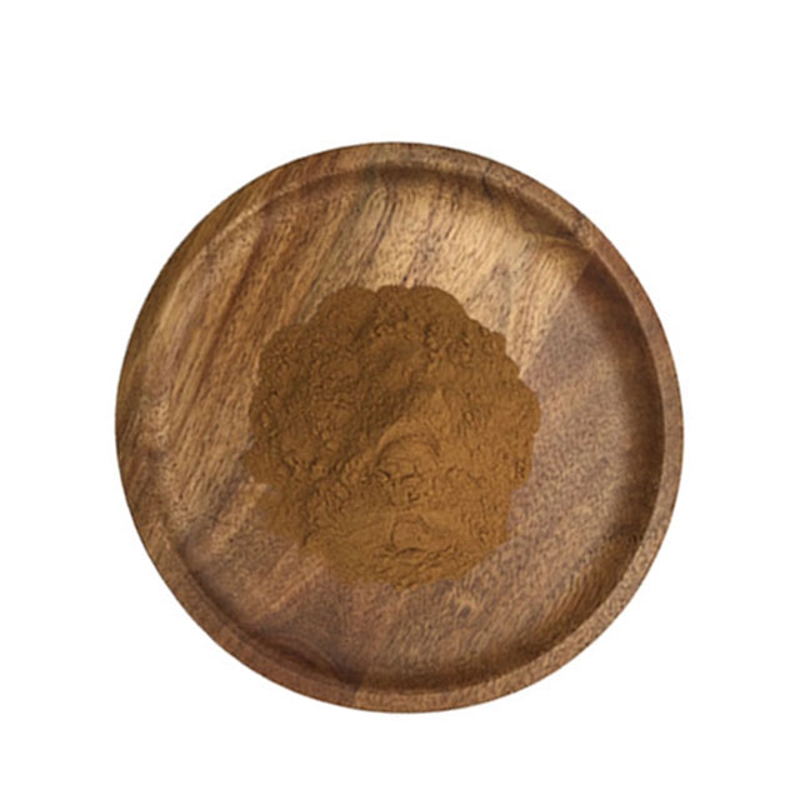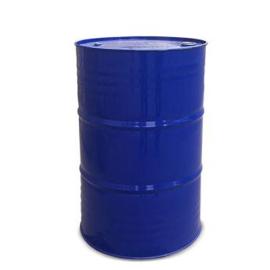-
Categories
-
Pharmaceutical Intermediates
-
Active Pharmaceutical Ingredients
-
Food Additives
- Industrial Coatings
- Agrochemicals
- Dyes and Pigments
- Surfactant
- Flavors and Fragrances
- Chemical Reagents
- Catalyst and Auxiliary
- Natural Products
- Inorganic Chemistry
-
Organic Chemistry
-
Biochemical Engineering
- Analytical Chemistry
- Cosmetic Ingredient
-
Pharmaceutical Intermediates
Promotion
ECHEMI Mall
Wholesale
Weekly Price
Exhibition
News
-
Trade Service
Crohn's disease (CD) is a subtype of inflammatory bowel disease (IBD), which can lead to reduced quality of life and severe physical disability.
Clinical remission is the most basic goal of CD therapy, and the combination of clinical remission and endoscopic mucosa healing is currently the goal of cd patients, but achieving endoscopic mucosal healing has better treatment outcomes, such as longer-lasting clinical mitigation and reduced risk of surgery or hospitalization.
However, the need for repeated colonoscopies may limit the use of such indicators, so this study aims to assess whether full-layer healing of the intestinal wall or magnetic resonance imaging (MRI) healing is better than endoscopic mucosa healing to predict the long-term efficacy of Crohn's disease.
researchers reviewed clinical data from the local MRI database for all Crohn's patients who received MRI and colonoscopy at a 3-month interval (median interval of 17.5 days).
Four groups were grouped for all patients: endoscopic mucosa healing group (no ulcers or erosion), MRI healing group (no signs of MRI inflammation), permeable wall healing group (combination of endoscopic and MRI healing) or no healing group.
observations were surgery time, progression of intestinal injury, length of hospitalization, and drug suspension associated with Crohn's disease.
results showed that in 154 patients with Crohn's disease, there was no healing, endoscopic mucosa healing, MRI healing and permeable wall therapy of 51.9% (80/154), 10.4% (16/154), 19.5% (30/154) and 18.2% (28/154) cures, respectively.
the risk of intestinal damage is lower than that of permeable wall healing (HR s 0.05 s 0.00-0.40, P s 0.002) and MRI healing (HR s 0.09 s 0.00-0.47, P s 0.005) compared to endoscopic mucosa healing.
addition, achieving permeable wall healing or MRI healing reduces the risk of significant adverse outcomes compared to endoscopic mucosa healing (HR s 0.28 s 0.00-0.74, P s 0.01).
risk of relapse in patients with permeable wall healing was also reduced (HR s 0.35 s 0.13-0.95, P s 0.039).
the study's final authors, wall healing and MRI healing are associated with a lower risk of progression of intestinal damage and can be considered a better treatment target for Crohn's disease than endoscopic mucosal healing.







